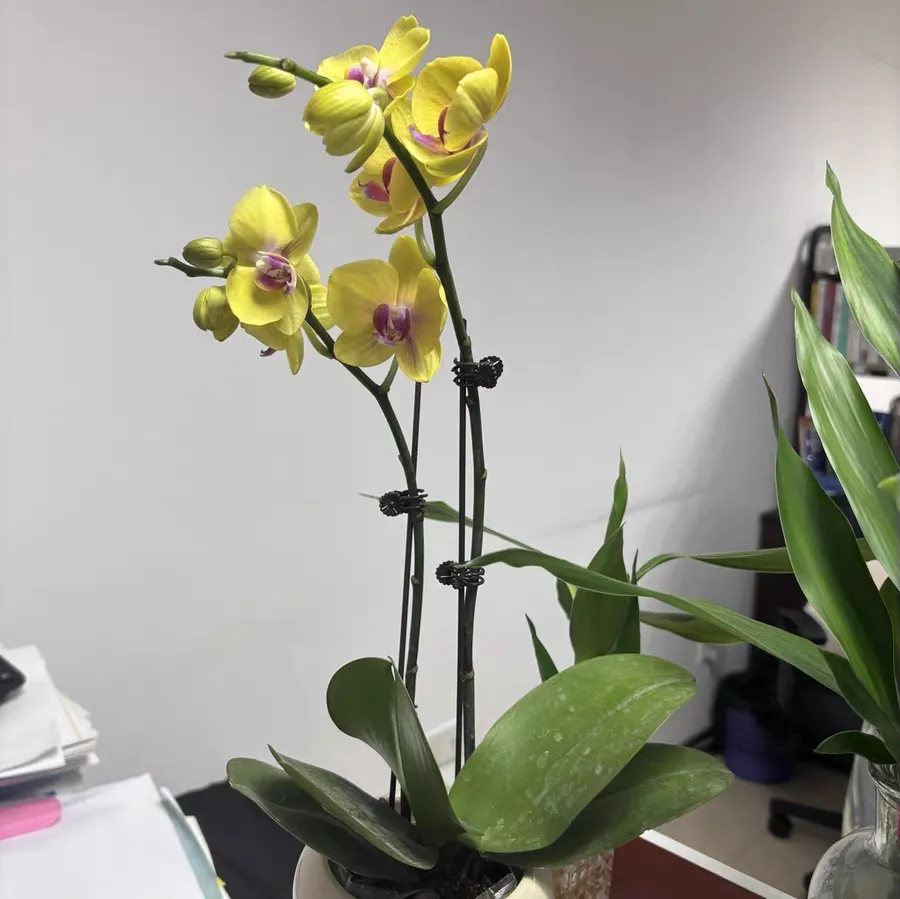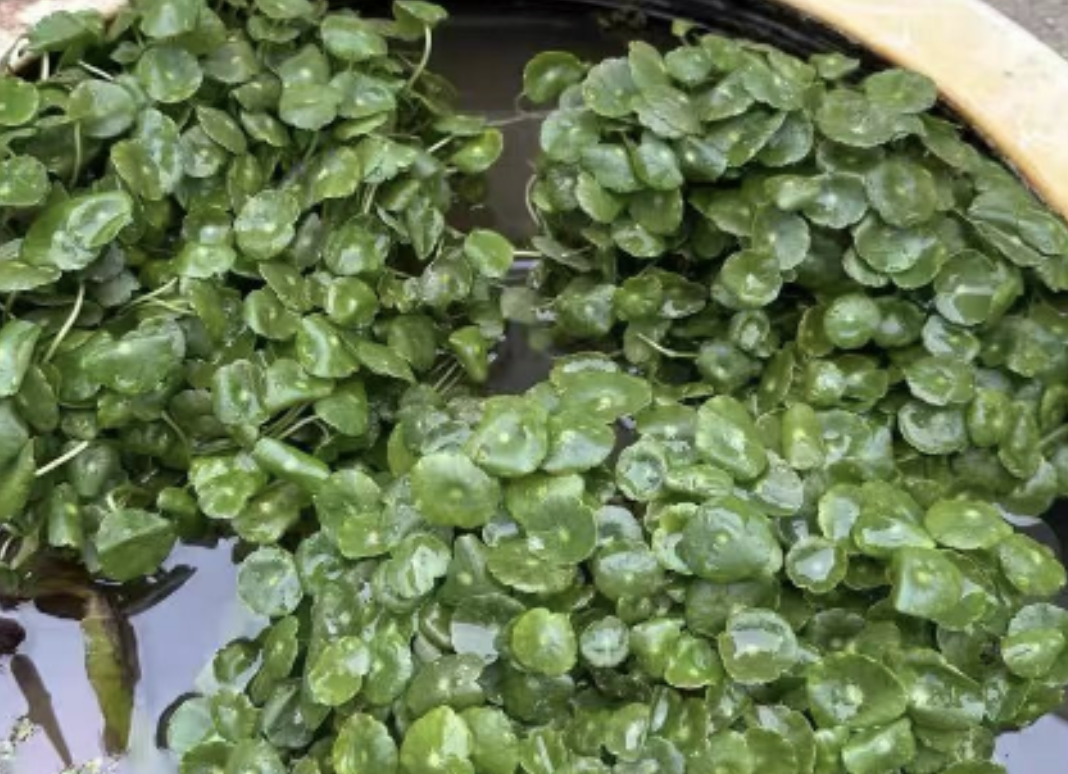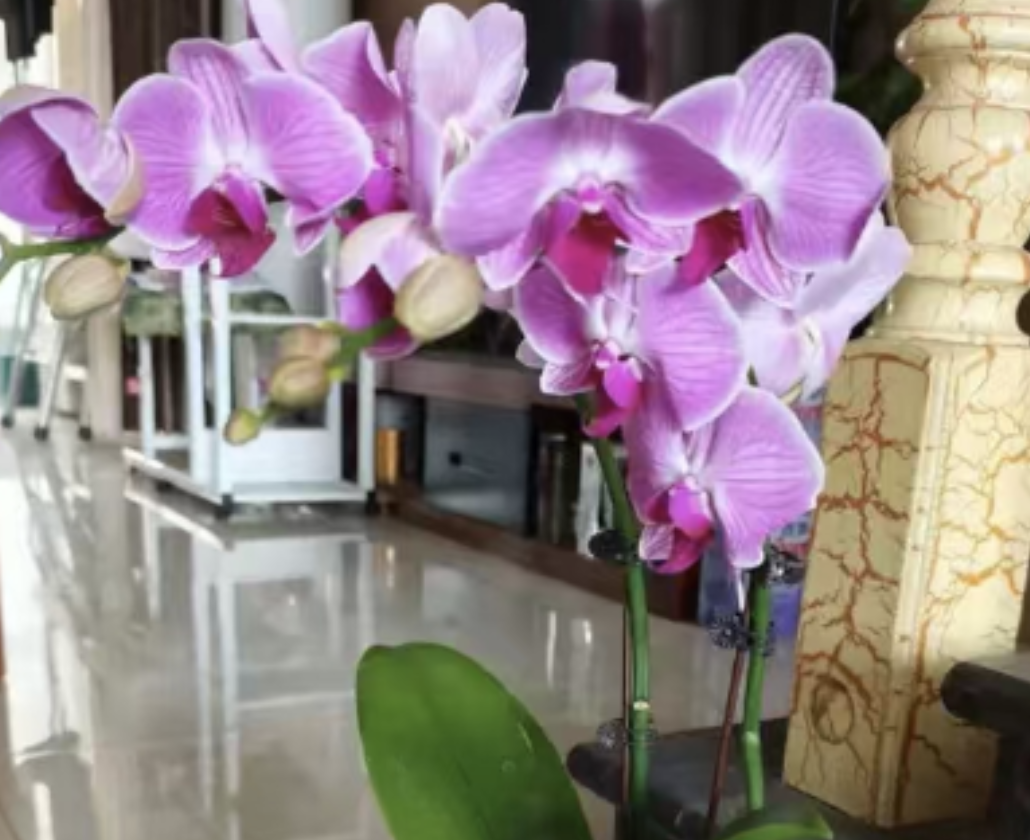Many flower enthusiasts often make mistakes when growing hydroponic Phalaenopsis: either the roots rot and leaves turn yellow after fertilization, or the plants only grow leaves without blooming. In fact, the key to fertilizing hydroponic Phalaenopsis lies in "choosing fertilizers according to growth stages + controlling the concentration properly". Today, I'll share the detailed methods with you. By following these steps, your Phalaenopsis will have strong roots and bloom year after year~
### 1. Fertilization by Growth Stages
The fertilization rhythm of hydroponic Phalaenopsis should follow its growth stages. The nutrient requirements vary completely in different periods, and choosing the wrong fertilizer is a waste of effort!
**Growth period (after flowering until autumn):** After flowering, Phalaenopsis enters the vegetative growth stage, with the main tasks of growing new leaves and nurturing roots. At this time, a "growth fertilizer" with balanced nitrogen, phosphorus, and potassium is needed, such as Huaduoduo No.1 (NPK ratio 1:1:1).
- **Fertilization frequency:** Soak in fertilizer water about every 20 days. There's no need to do it too frequently; give the roots time to absorb and buffer.
- **Operation method:** Pour the diluted fertilizer water into the container, with the water level submerging half of the roots (don't soak them all; leave some roots to breathe). After soaking for 10 hours, pour out the fertilizer water and switch back to clear water for maintenance.
- **Effect:** It replenishes nutrients in a balanced way, making new leaves plump and shiny, and roots stronger, laying a foundation for subsequent flowering.
**Flower-promoting period (autumn until before flowering):** When the temperature cools down in autumn, Phalaenopsis shifts from vegetative growth to reproductive growth. At this time, switch to "flower-promoting fertilizer" with a focus on supplementing phosphorus and potassium, such as Huaduoduo No.2 (high phosphorus and potassium formula) or potassium dihydrogen phosphate.
- **Fertilization frequency:** Apply once every 15-20 days, slightly more frequently than during the growth period, to seize the critical period of flower bud differentiation.
- **Operation method:** Strictly dilute the concentration to 1:2000 (it's better to be too dilute than too strong). Similarly, soak the roots for 10 hours, then pour out the fertilizer water and switch back to clear water to soak the roots, avoiding residual fertilizer water from damaging the roots.
- **Effect:** Phosphorus and potassium can promote flower bud differentiation, making Phalaenopsis produce more flower spikes. When blooming, there will be a large number of flowers with bright colors, and the flowering period can be extended.
### 2. Fertilization Notes
The roots of hydroponic Phalaenopsis are directly soaked in water, so they are particularly sensitive to fertilizer concentration and type. These details must be remembered, otherwise, it's easy to "do good things but end up with bad results"!
- **Concentration must be "low":** Hydroponics has no soil buffer, so a slightly higher fertilizer concentration will burn the roots! For beginners, it's recommended to reduce the fertilizer concentration to 1/4-1/5 of that for conventional potted plants. For example, if the package says "1:1000", for hydroponics, dilute it to "1:4000-5000". It's better to use less than too much.
- **Stop fertilizing in extreme temperatures:** When the temperature exceeds 30℃ continuously in summer or is lower than 10℃ in winter, Phalaenopsis growth stagnates, and the root absorption capacity weakens. Fertilizing at this time will only increase the risk of root rot. Stop fertilizing completely and only use clear water for maintenance.
- **Moisten roots before fertilizing:** Ensure the roots are moist before fertilizing (just keep them in the normal state of clear water maintenance). If the roots are dry and suddenly come into contact with fertilizer water, they are prone to damage due to excessive osmotic pressure, resulting in blackening and rot.
- **No fertilization for weak plants:** If the leaves of Phalaenopsis turn yellow, or the roots are black and rotten or shriveled, it means the plant is in a weak state. Never fertilize at this time! First, use clear water to nurture the roots. After new roots emerge and the leaves recover, then supplement with a small amount of fertilizer.
- **Choose the right type of fertilizer:** Hydroponic Phalaenopsis can only use orchid-specific water-soluble fertilizers, which dissolve quickly and are easily absorbed. Oily fertilizers (such as decomposed oil residue water) or granular slow-release fertilizers can easily pollute the water quality and block root respiration, so they must not be used.
- **Observe frequently after fertilization:** Pay attention to the leaves and roots after each fertilization. If the leaves turn yellow and soft, or the roots turn black and sticky, it indicates that the fertilizer concentration is too high or the plant is intolerant. Immediately pour out the fertilizer water, rinse the roots with clear water, and replace with clean clear water until the plant recovers.
Fertilization Methods for Hydroponic Phalaenopsis Orchids

Share with
Tagged in :




Leave a Reply